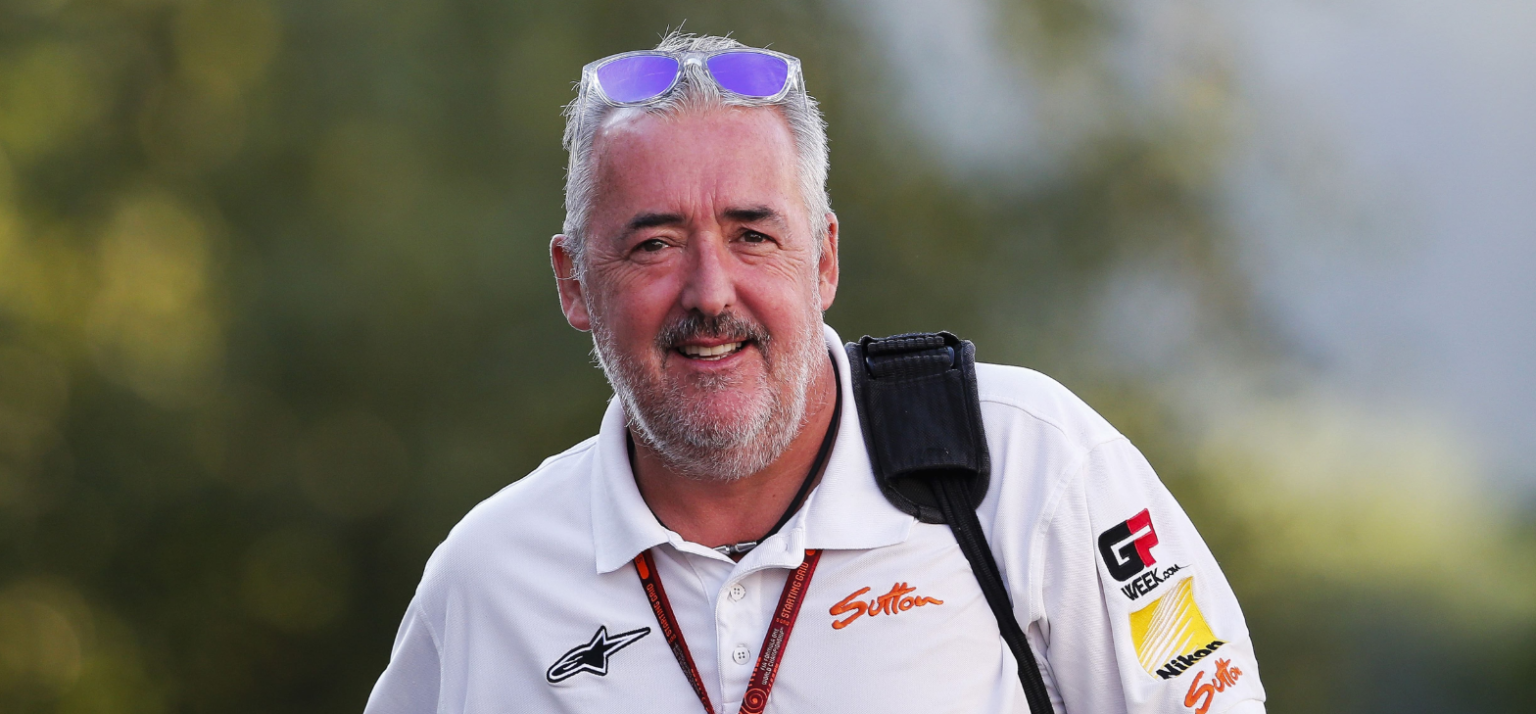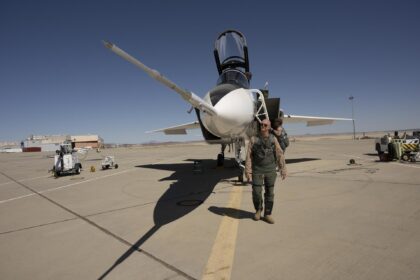Capturing Speed, Emotion, and History Through the Eyes of a Motorsport Maestro
In the high-octane world of Formula 1, where every millisecond counts and emotions run high, capturing the essence of the sport requires a unique blend of skill, passion, and dedication. Mark Sutton stands as a paragon in this realm, having devoted over four decades to photographing the pinnacle of motorsport. His journey from a young enthusiast with a borrowed camera to a globally recognized F1 photographer is a testament to his unwavering commitment and love for the sport.
Early Life and Introduction to Photography
Mark Sutton’s tryst with photography began in his formative years, influenced profoundly by his father, Maurice Sutton, an ardent motorsport fan and amateur photographer. Together, they frequented local circuits like Oulton Park, where young Mark was often photographed alongside racing cars and drivers. This early exposure ignited a passion that would shape his future. In 1983, while attending college, Mark delved deeper into the art of photography, learning about lighting and the intricacies of camera mechanics. His weekends were spent working at a camera shop in Stockport, where he honed his skills in dealing with equipment and interacting with customers. That same year marked his inaugural foray into motorsport photography at Oulton Park, capturing the intense rivalry between Ayrton Senna and Martin Brundle in Formula 3—a moment that would become iconic in racing history. AutosportTrackside Legends
The Genesis of Sutton Photographic
Recognizing the potential in motorsport photography, Mark, alongside his brother Keith Sutton, established Sutton Photographic in 1985. The agency aimed to provide comprehensive photographic coverage of racing events across the UK. In its nascent stages, Mark immersed himself in national events, focusing on junior formulas such as Formula Ford, Formula 3, and Formula 3000. This period was instrumental in building relationships with emerging drivers—many of whom would ascend to Formula 1 prominence. By 1992, Mark’s consistent excellence earned him the opportunity to cover all Formula 1 races, marking the beginning of an illustrious career on the global stage. Autosport
Building Relationships with Drivers
A distinctive aspect of Mark’s approach has been his emphasis on forging genuine connections with drivers from the early stages of their careers. By introducing himself to young talents and understanding their journeys, Mark cultivated trust and rapport. This strategy not only facilitated candid photographic opportunities but also allowed him to document the evolution of drivers like Damon Hill, Mark Blundell, Johnny Herbert, and David Coulthard. His proactive engagement extended to collaborative ventures, exemplified by a partnership with David Coulthard during his Formula 3000 days, where Sutton Photographic’s logo adorned Coulthard’s car and overalls—a mutually beneficial arrangement that underscored Mark’s commitment to supporting emerging talent. Autosport
Transition to Formula 1 and Notable Works
Mark’s transition to covering Formula 1 full-time in 1992 opened avenues to capture some of the sport’s most memorable moments. His portfolio boasts images that encapsulate the drama and thrill of F1 racing. A standout example is his photograph from the 1993 Australian Grand Prix, where he captured Mika Hakkinen’s McLaren airborne at Malthouse Corner—a shot that remains one of Sutton Images’ best-selling photographs. Another significant contribution was his aerial documentation of the Yas Marina Circuit’s construction in Abu Dhabi, providing a unique perspective on the development of one of the world’s most luxurious racing venues. Motorsport.com+1Motor Maximum+1Motor Maximum+1Autosport+1
Embracing Technological Evolution
The advent of digital technology revolutionized photography, and Mark was at the forefront of this transformation within motorsport. Transitioning from film to digital in the early 2000s, he invested in cutting-edge equipment to maintain the quality and immediacy of his work. By 2014, during the Bahrain Grand Prix, Mark pioneered the direct transmission of images from the circuit, leveraging advancements in 4G technology—a practice that has since become standard in the industry. His adaptability underscores a commitment to innovation, ensuring that his work remains relevant and impactful in a rapidly evolving landscape. Trackside Legends
Mentorship and Sharing Knowledge
Beyond his photographic endeavors, Mark has been dedicated to mentoring aspiring photographers. He emphasizes the importance of experience, encouraging newcomers to immerse themselves in junior racing categories to build foundational skills. Mark’s insights into the nuances of motorsport photography, from understanding the dynamics of the sport to mastering technical aspects, have been invaluable to those seeking to follow in his footsteps. His openness to sharing knowledge reflects a desire to give back to the community that has been integral to his journey.
Personal Life and Balancing Commitments
Balancing a demanding career with personal life poses challenges, yet Mark has navigated this with grace. His family has been supportive of his commitments, understanding the passion that drives his work. As his children have grown, Mark has endeavored to include his family in his travels, allowing them to experience the global tapestry of cultures that Formula 1 encompasses. This integration of personal and professional life has enriched his experiences, providing a holistic perspective that transcends the confines of the racetrack. Trackside Legends
Conclusion
Mark Sutton’s illustrious career is a narrative of passion, perseverance, and adaptability. Through his lens, he has not only documented the evolution of Formula 1 but has also contributed to its rich tapestry by capturing moments that resonate with fans and participants alike. His journey underscores the symbiotic relationship between art and sport, where photography serves as both a witness and storyteller of the relentless pursuit of excellence that defines Formula 1.






